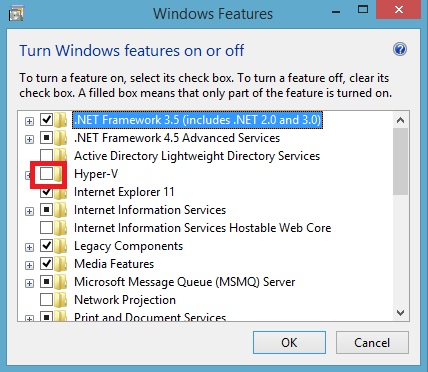In the next post from the Report from the battlefield series I'll wrote about a serious mistake that is quite common according to my experience. I'm thinking about a situation when a developer assumes that all data from a database can be processed on the client side. I'll give you 2 examples that I encountered during my reviews.
Case 1
A developer was asked to implement the paging functionality. He created a single page Web application. It looked nice and the paging was working correctly at first glance. I decided to check how it was implemented under the hood. I examined a web service that was used by the application and I was surprised. Why? I didn't find a web method responsible for returning pages. The next step was to dig into a java script code. Unfortunately, I discovered that the paging was implemented only on the client side i.e. the application initially downloaded all data from a database (via Web Service).
Case 2
In the another project the paging was implemented correctly on the server side but a developer made a more subtle mistake. An application had a shopping cart function. Of course it was possible to add and remove products to and from a cart. To do so a web service used by the application had a method GetCart. This method was responsible for retrieving a current content of a cart from a database.
However, it was strange that this method returned only identifiers of products. What's more there was no GetProductDetails web method. It made me curious how the application displays products details to users only knowing its identifiers. It turned out that at the initiation the application was reading details of all products from a database. Having all products on the client side it was easy to find details of a product based on its identifier.
Summary
In both cases applications were fast enough because of a small amount of data. In the case of real-life databases they will not. I think that we should always be prepared for the worst case. Especially, when we participate in a recruitment and we want to show ourselves from the best side. An evaluator shouldn't guess whether we know something or not.
Case 1
A developer was asked to implement the paging functionality. He created a single page Web application. It looked nice and the paging was working correctly at first glance. I decided to check how it was implemented under the hood. I examined a web service that was used by the application and I was surprised. Why? I didn't find a web method responsible for returning pages. The next step was to dig into a java script code. Unfortunately, I discovered that the paging was implemented only on the client side i.e. the application initially downloaded all data from a database (via Web Service).
Case 2
In the another project the paging was implemented correctly on the server side but a developer made a more subtle mistake. An application had a shopping cart function. Of course it was possible to add and remove products to and from a cart. To do so a web service used by the application had a method GetCart. This method was responsible for retrieving a current content of a cart from a database.
However, it was strange that this method returned only identifiers of products. What's more there was no GetProductDetails web method. It made me curious how the application displays products details to users only knowing its identifiers. It turned out that at the initiation the application was reading details of all products from a database. Having all products on the client side it was easy to find details of a product based on its identifier.
Summary
In both cases applications were fast enough because of a small amount of data. In the case of real-life databases they will not. I think that we should always be prepared for the worst case. Especially, when we participate in a recruitment and we want to show ourselves from the best side. An evaluator shouldn't guess whether we know something or not.










 orcid.org/0000-0002-6838-2135
orcid.org/0000-0002-6838-2135